By Penny Pawl, UC Master Gardener of Napa County
Three years ago, I wrote an article about creating African keyhole worm-compost bins in my garden beds. This summer it was time to harvest compost from two of the bins.
I used garbage cans with ¼-inch holes drilled in the sides and bottom so the worms can go back and forth. As they move about, they take some of the compost with them and spread it in the garden bed.
Mine are all raised beds. The bins were installed after hardware cloth was added to the bottom of each bed to foil gophers. With time, the hardware cloth will rust and need replacement.
Keyhole gardens originated in Africa when people created kitchen gardens using materials they had lying around. The design is circular with a keyhole-like entrance. A worm compost bin made out of chicken wire or other materials is placed in the center, and the gardener puts kitchen waste in the bin. When the compost is ready, it is spread over the garden.
The first garbage can I checked was half full of compost. I transferred all the uncomposted material on top to another bin. Then I prepared a mesh bag (the kind potatoes come in) full of my red wiggler worms' favorite foods, like bananas, lettuce and melon rinds. I placed this bag on top of the finished compost as a lure. Slowly the worms and sow bugs started moving from the compost into the mesh bag. These worms are expensive and I didn't want to lose any. Luring most of them into the mesh bag took about two weeks.
Why do I want the sow bugs? They also eat decomposing material and leave their droppings, which are as beneficial to plants as worm droppings are. On one online forum I follow, a worm composter was looking for sow bugs to add to his bin. I have found that they move in naturally.
I put the composted material on a screen over a tray. In the tray I put new damp bedding: newspaper, cardboard, old leaves, straw. Neither red wigglers or sow bugs like light, so they will leave the compost and move into the new bedding. Then I can sift the compost to get out any large pieces that haven't fully broken down. These big things go into the bottom of the new bin.
I move the sifted compost to a large, long tray in my hothouse to dry. If stored damp it will mold.
The biggest problem I have encountered is that tree roots also like keyhole gardens. I wasn't aware of this problem when I built the beds, and I had to cut the tree roots out. Also, my arms aren't long enough to reach the bottom of the garbage can so I eventually need help getting all the finished compost out.
Once a bin is empty, I use the layer method to build a new bin, alternating torn damp newsprint, dried leaves, rice hulls, coffee grounds and a dash of chicken manure. The worms and other critters in the bin will mix these materials, which should be as damp as a wrung-out sponge. Usually, I top off the layers with banana peels or old lettuce. On top of all that, I place a piece of black plastic and put the lid on the can.
Once I see that the worms are settled and eating the items in the can, I start feeding them my kitchen garbage. Three garbage bins have yielded 15 gallons of worm gold, as we gardeners call it. I will spread it around my yard to feed all my plants this fall.
If you would like to learn more about composting, take a look at “Backyard Composting,” a video that several Master Gardeners and I produced in partnership with Napa County Library. You can find it on YouTube.
Food Growing Forum: Napa CountyMaster Gardeners will present a discussion of “Cane Berries” on Sunday, November 14, from 3 p.m. to 4 p.m., via Zoom. Register here to receive the Zoom link.
Got Garden Questions? Contact our Help Desk. The team is working remotely so please submit your questions through our diagnosis form, sending any photos to mastergardeners@countyofnapa.org or leave a detailed message at 707- 253-4143. A Master Gardener will get back to you by phone or email. For more information visit http://napamg.ucanr.edu or find us on Facebook or Instagram, UC Master Gardeners of Napa County.
.
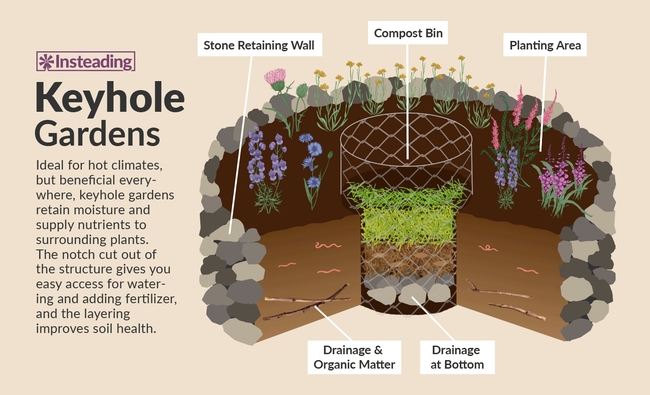
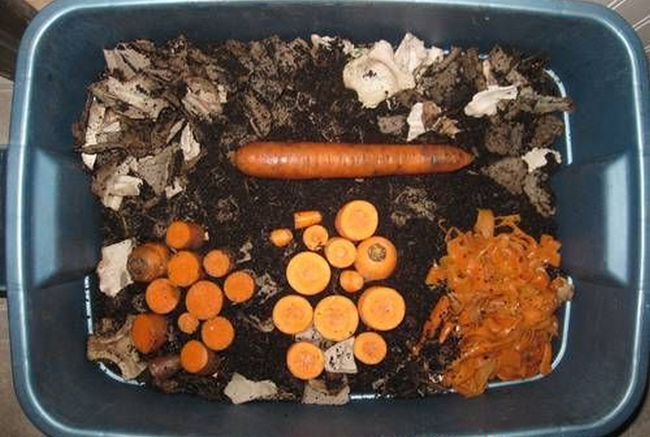
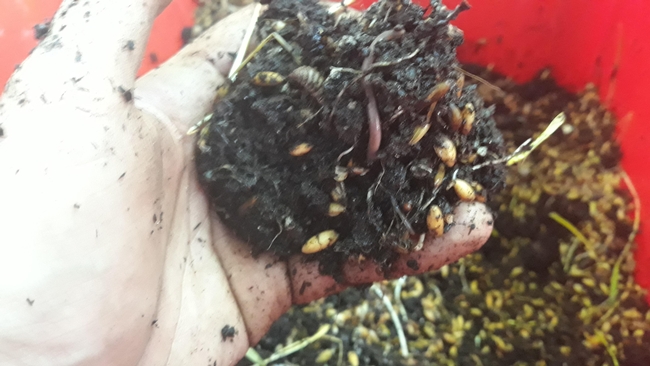
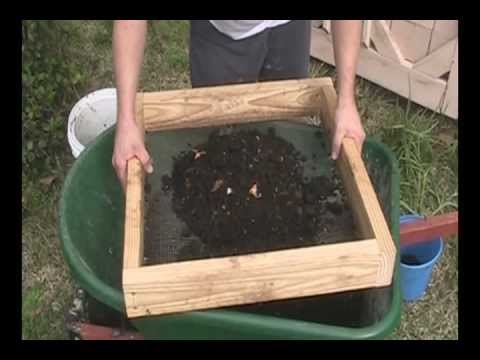
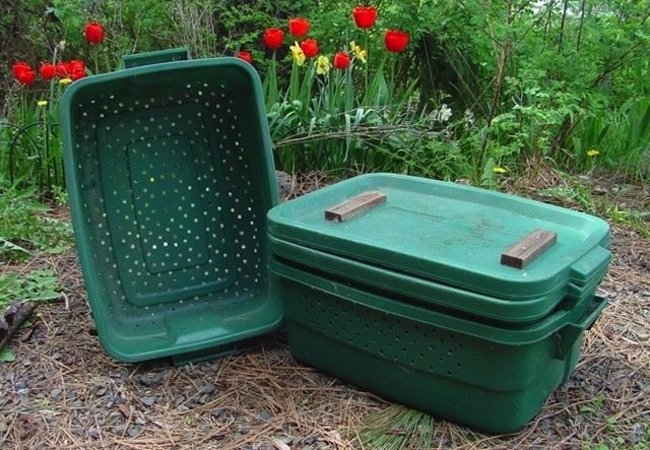
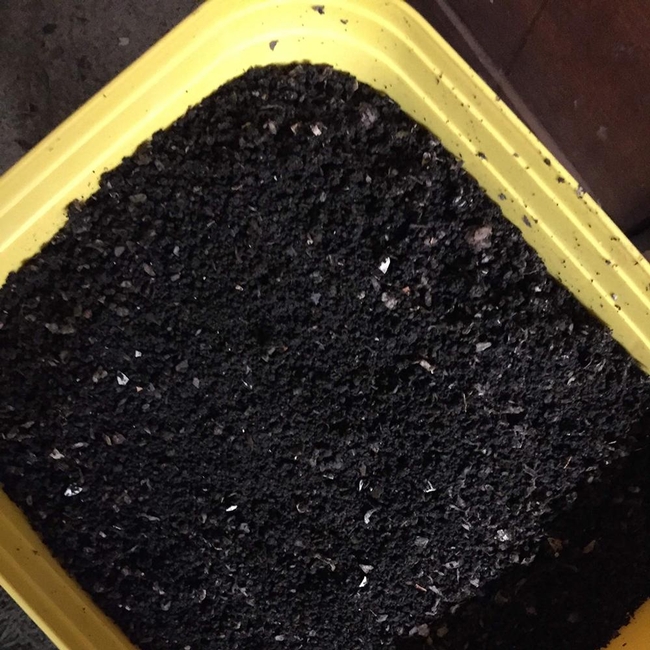
Sowbugs! Pillbugs! Rolly-pollies! UC Master Gardener, Penny Pawl, gives us facts about these creatures, which are not insects and are not necessarily garden bad guys! And as always, UC IPM has some information for gardeners about sowbugs and pillbugs:
http://ipm.ucanr.edu/PMG/GARDEN/FRUIT/PESTS/sowbugs.html
Now, from Penny Pawl.
One summer when I was about 10 years old, I had two farms. One was a lizard farm, with a variety of lizards that I had collected and put in a big box. I had alligator lizards and blue bellies. That adventure ended when a lizard bit my mother on the finger. Goodbye, lizard farm.
I also had a pill bug farm. I put rocks in the middle of a large dish filled with water and put the pill bugs on their individual islands. That was when I first noticed that pill bugs carry their babies between their legs and under their shells. In both cases, I had not made arrangements to feed my pets and can't remember even thinking about that. I also raised tadpoles next to my bed and had a horny toad living in my closet.
I am now a Master Gardener and am still friends with lizards and pill bugs. Also known as roly-poly, sow bugs and wood louse, pill bugs have moved in to live with my worms and at times seem to outnumber them.
When I first started worm composting, the University of California published an article that said the manure or droppings of these creatures was just as nutritious for plants as worms castings. Worm castings are the worm “gold” you read about. Maybe you have purchased some to fertilize your plants. Worms eat 90 percent of the decaying plant material that you give them. Their resulting manure is a mild fertilizer with all the trace elements. Pill bugs eat the same things that worms do.
Pills bugs are not actually bugs. They are crustaceans, members of the same family as lobsters and crabs. They breathe through gills.
They live in dark, moist areas and eat decaying material such as dried leaves, tea bags and banana peels. Occasionally they feed on the tender leaves of emerging plants and seedlings. For this reason, they are considered garden pests. But in the right place, they are not pests.
Some types of pill bugs cannot roll up into a ball when trying to defend their selves. These are the sow bugs. They are built a little differently in the shell area. Also, if you look carefully, you can see their tails. When they molt, only half of the shell comes off initially. A few days later, the other half comes off. These shells look bluish rather than brown.
Pill bugs do not need a male to reproduce. They are self-fertile. The eggs take three to nine weeks to hatch, and a pill bug can lay eggs up to three times a year. The young spend several days in the mother's pouch and then go out on their own.
A pill bug's predators are anything larger: frogs, toads, lizards and small mammals.
If you think your seedlings and young plants are under attack by these little creatures, then make sure you water in the morning so the soil surface is dry at night. That's when pill bugs go out looking for their next meal. I read that you can trap them with a half cantaloupe, but I have found that quail and other birds are usually the ones nibbling on my seedlings.
Workshop: U. C. Master Food Preservers will teach a workshop on “Pickling and Fermenting” on Friday, July 14, from 10 a.m. to noon, at University of California Cooperative Extension, 1710 Soscol Avenue, Napa. Learn the basics of pickling and fermenting, understand the cautions involved in home food preservation, watch a demonstration of each process and discuss recipes easily managed by the home cook. THIS WORKSHOP IS FULL, AND REGISTRATION IS CLOSED.
Master Gardeners are volunteers who help the University of California reach the gardening public with home gardening information. U. C. Master Gardeners of Napa County ( http://ucanr.edu/ucmgnapa/) are available to answer gardening questions in person or by phone, Monday, Wednesday and Friday, 9 a.m. to Noon, at the U. C. Cooperative Extension office, 1710 Soscol Avenue, Suite 4, Napa, 707-253-4143, or from outside City of Napa toll-free at 877-279-3065. Or e-mail your garden questions by following the guidelines on our web site. Click on Napa, then on Have Garden Questions? Find us on Facebook under UC Master Gardeners of Napa County.

